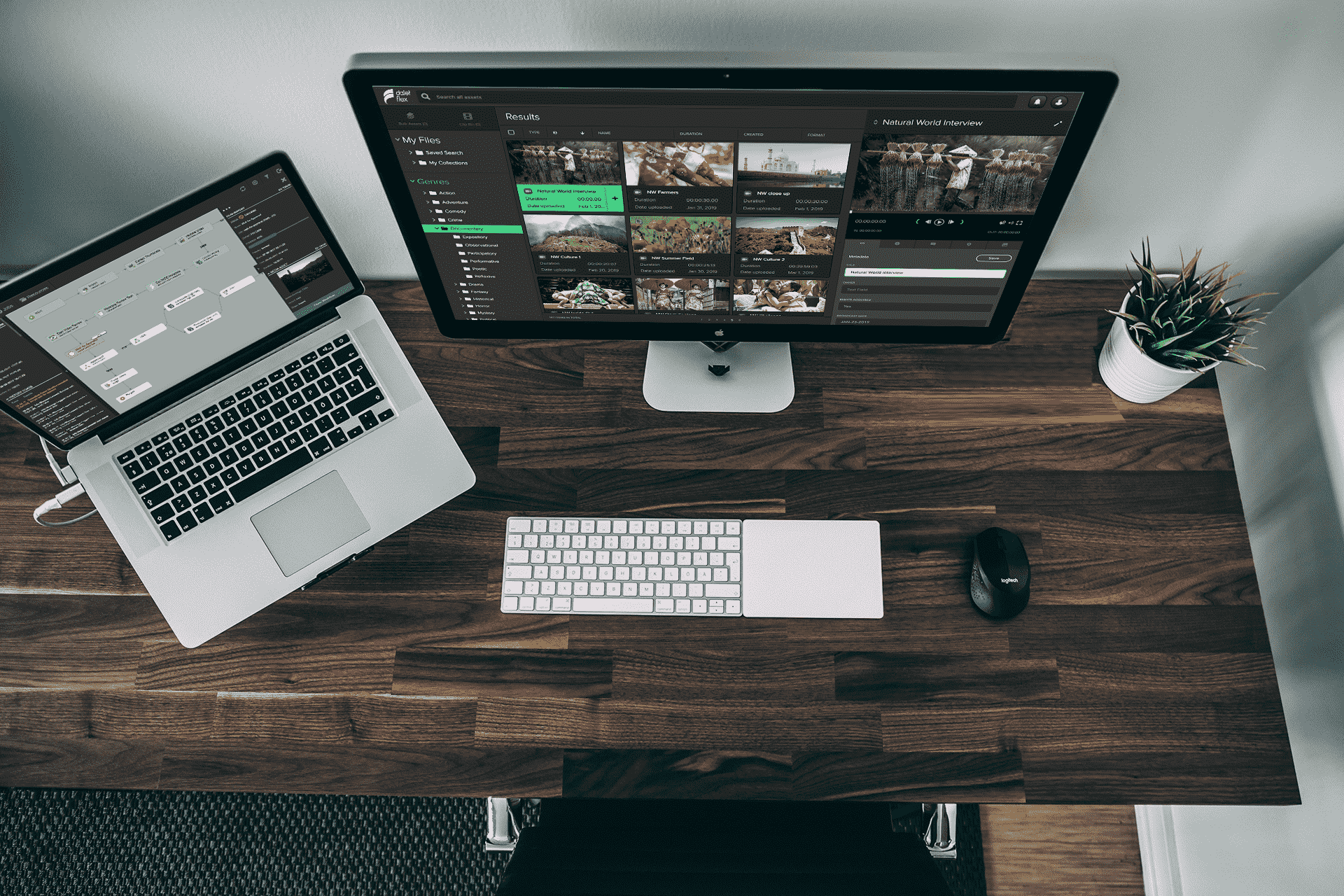Here Comes a New Year – What’s New?
Where did 2022 go? The year that was meant to bring stability is well and truly over, and with a fresh 365 days ahead of us, it’s a good time to take stock and reflect on what may be coming.
In terms of technology evolution in the M&E space, not much has changed: remote and hybrid work have become part of everyday life, increasing the need for a unified, collaborative user experience. And yet, so much has changed, with global events bringing financial instability, sudden technology shake-ups and continued M&A activity. In such a fluctuating environment, economics and efficiency will be key decision-drivers for Dalet and its clients in 2023.
Let’s delve deeper into what the year ahead may look like!
The Clash of Revenue Models Continues
If you’ve been in this business for a while, you’ll agree with me that we’re living (yet another!) paradox: the acceleration of viewership habits from linear broadcast TV towards online platforms does not correlate with the advertising revenue/profit margins of traditional TV… yet.
This means media businesses need to continue to deliver for audiences across all platforms, often in spite of financial viability. Even subscription models that seemed to yield good results are now being shaken up by the strong return of advertising (FAST – Free Ad-supported Streaming TV – or AVOD – Advertising-based Video on Demand – anyone?) and the relentless increase in cord-cutting.
In the context of news production, we will see an increase in viewers subscribing to individual news streaming services, both with well-known news brands and newcomers producing hyper-targeted content.

Such a fragmented landscape will only make it more complex for your business to reach all audiences, some of which will consume your content through channels that are not your biggest source of revenue. The financial scales will gradually tip over towards online models, but 2023 will still see an imbalance in audience monetization.
Goodbye Monoliths, Hello Modular Solutions!
With audiences driving change in the M&E space, content providers need the ability to pivot quickly based on their business needs. As we work with our clients on their changing content management and media technology requirements, we see a clear trend towards modular systems and applications. What does this mean in practice?
- Media companies look for systems that are quick and easy to deploy. Stakeholders, both investors and users, have reduced patience for systems that take months to go live.
- A modular system is easier to maintain and upgrade, as you can selectively work on specific components without disrupting the rest of the tools. This is specifically important in news production, where sharing and collaboration is often time-sensitive.
- Media organizations can integrate their own solutions by bringing together multiple best-of-breed providers or developing their own.
- It is easy to add on new functionality. For example, if I want to add distribution capabilities to my production system, the ability to spin up new modules, rather than buying a completely new solution, is key.
Most importantly, even if the back-end architecture needs to be modular, providing a unified user experience is paramount: those who use the tools want a seamless experience when moving between functional areas. In other words, as a news reporter, I want my video editor to be integrated with my planning and script-writing tools.
It’s Time to Upskill Your News Team
At Dalet we have been talking about a story-centric approach to news production for some time, but we believe this will be pivotal for newsroom success in 2023. With a story-centric approach, news teams can plan and produce more efficiently, as well as deliver news stories simultaneously to all platforms. But why?
News consumption is increasingly moving from traditional linear TV shows to mobile devices and online platforms, and any news producer worth their salt needs to keep up with these changing demands. We call this digital-first production, where the story is a multi-faceted component in an integrated production workflow. Imagine you inconveniently get headline-busting, breaking news in between your flagship TV newscasts – would you let your competitors go live first on their digital platforms?
It is time for newsrooms to rethink their workflows and re-skill their teams for digital-first production. We still see news companies where the production teams for linear TV and digital platforms are siloed, often with digital producers waiting to repurpose content produced for linear TV shows. This is not only slow, but also inefficient, as news companies spend more time and effort in digital production, but at a fraction of the revenue.
2023 will see more newsrooms transition to digital-first production, with story-centric teams that can deliver multi-platform content. This requires careful planning, both in technology and skills.

Want More Efficiency? Go Cloud-Native… and AI
Leveraging the cloud for video production and distribution has become an inevitable reality, swiftly accelerated by post-pandemic needs. However, cloud adoption only makes sense if it introduces significant efficiency and savings. This can only happen when you work with truly cloud-native tools.
Cloud infrastructure is a powerful enabler for distributed work and collaboration. Remote production workflows have evolved in leaps and bounds, with production teams collaborating from anywhere in the world and delivering powerful content, thanks to cloud infrastructure. Content creators are finally ready to use cloud technology the way it is designed.
However, you won’t realize efficiency by lifting-and-shifting your on-premises installation to a cloud deployment. This will become very expensive, very quickly. Cloud-native means the solution is designed and built from scratch with cloud infrastructure in mind, with maximum microservices-driven elasticity and flexibility (did anyone mention modular solutions?).

Let me illustrate this through live sports production: say you have to simultaneously record 30 games across different locations. That day you need the ability to record 30+ live feeds, and perhaps again a couple of times a month. With an on-premises installation, you’d have to size for the worst-case scenario, with the consequent cost. With cloud-native tools and a flexible, SaaS-based model, you can scale up and down as your business needs.
Couple an effective cloud implementation with workflow orchestration and Artificial Intelligence (AI) and you’re likely to reap benefits, fast. AI is maturing, and seeing increased adoption in production workflows, with time-saving capabilities such as speech-to-text transcription, subtitle translation, and metadata creation. Together with a solid workflow engine that automates production and distribution, you’ll be well placed to achieve that key goal for 2023: efficiency.
It’s Good to Talk
Is your 2023 technology and business plan all set for execution? I’m sure some of the points we make in this post resonate with you, so why not contact Dalet to discuss how we can help your organization future-proof your production, management, and distribution workflows in 2023, and beyond?
Featured in: Advertising | AI | Cloud | Hybrid | Modular Solutions | Predictions | Remote Work | Revenue Models | Training | Trends | User Experience |
Stephane Guez is a co-founder and principal at Dalet. Stephane has 30 years of experience in computer sciences, software design, and information technology applied to the media and broadcast industries. Drawing on his extensive experience, he has contributed to turning a technology vision into a successful business venture and focuses on the company strategy. Stephane is a regular speaker at industry conferences.
More Articles By Stephane



